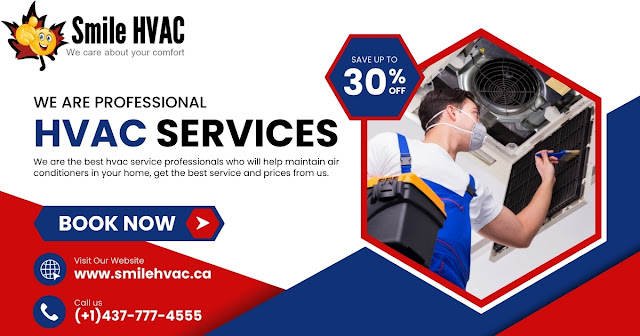Breathing Easier: Redesigning HVAC Systems for Healthier Indoor Environments in a Post-Pandemic Era
Introduction
The global COVID-19 pandemic has underscored the crucial role of indoor air quality in maintaining public health and well-being. As we transition to a post-pandemic world, the design and functionality of HVAC systems are undergoing a transformative shift. This article delves into the evolving landscape of HVAC design, with a special focus on strategies and technologies aimed at enhancing indoor air quality and prioritizing occupant health in various settings.
Ventilation and Air Exchange Strategies
The pandemic has highlighted the importance of proper ventilation and air exchange in indoor spaces. This section explores the significance of increased outdoor air intake, the utilization of high-efficiency particulate air (HEPA) filters, and the implementation of demand-controlled ventilation systems. It also discusses how these strategies help dilute and remove indoor pollutants, including viruses, bacteria, and other airborne particles.
UV-C and Air Purification Technologies
Ultraviolet-C (UV-C) light has gained attention as a potential tool for disinfecting indoor air and surfaces. This article delves into the science behind UV-C technology and its effectiveness in neutralizing pathogens. It also examines the integration of UV-C systems into HVAC units and standalone air purifiers, highlighting their role in reducing the spread of infectious agents and allergens.
Biophilic Design and Natural Ventilation
Biophilic design principles emphasize the connection between humans and nature, promoting well-being and improved indoor air quality. This section explores how integrating natural ventilation, plant walls, and other biophilic elements can enhance indoor air circulation and quality. Additionally, it discusses the psychological benefits of biophilic design in reducing stress and boosting occupant health.
Air Quality Sensors and Real-Time Monitoring
The integration of advanced sensors and real-time monitoring systems is becoming essential for maintaining optimal indoor air quality. This segment explores the use of IoT-enabled sensors to measure pollutants, temperature, humidity, and occupancy. By providing continuous data, these sensors enable building managers to make informed decisions and take prompt actions to address air quality concerns.
Flexible Space Design and Zoning
The pandemic has led to shifts in space utilization and occupancy patterns. This article investigates the concept of flexible space design and zoning, which allows HVAC systems to adapt to changing needs. It explores the use of adjustable partitions, movable walls, and dynamic HVAC zoning to ensure efficient ventilation and air distribution based on varying room occupancy.
Guidelines for Residential and Commercial Settings
Recognizing that the needs of residential and commercial spaces differ, this section provides tailored guidelines for adapting HVAC design in each context. It covers considerations such as open-plan offices, retail spaces, educational institutions, healthcare facilities, and residential homes, highlighting specific strategies to prioritize indoor air quality and health.
Conclusion
As the world navigates the aftermath of the pandemic, HVAC design has taken on a new dimension, with a steadfast focus on indoor air quality and occupant health. By incorporating innovative technologies and strategies, from improved ventilation and air purification to biophilic design and real-time monitoring, we have the opportunity to create indoor environments that promote well-being, reduce the spread of illnesses, and ensure a healthier future for all. If you want to know How to handle a broken Water Heater, Please contact @ +14377774555.

Comments
Post a Comment